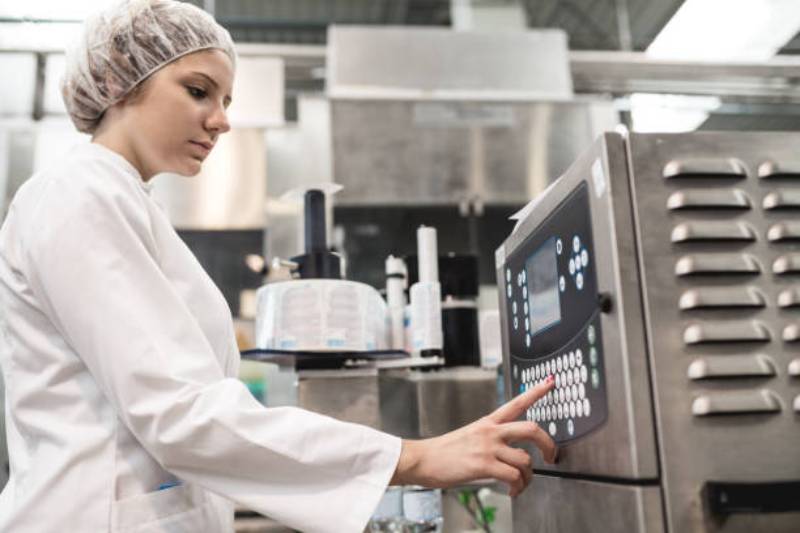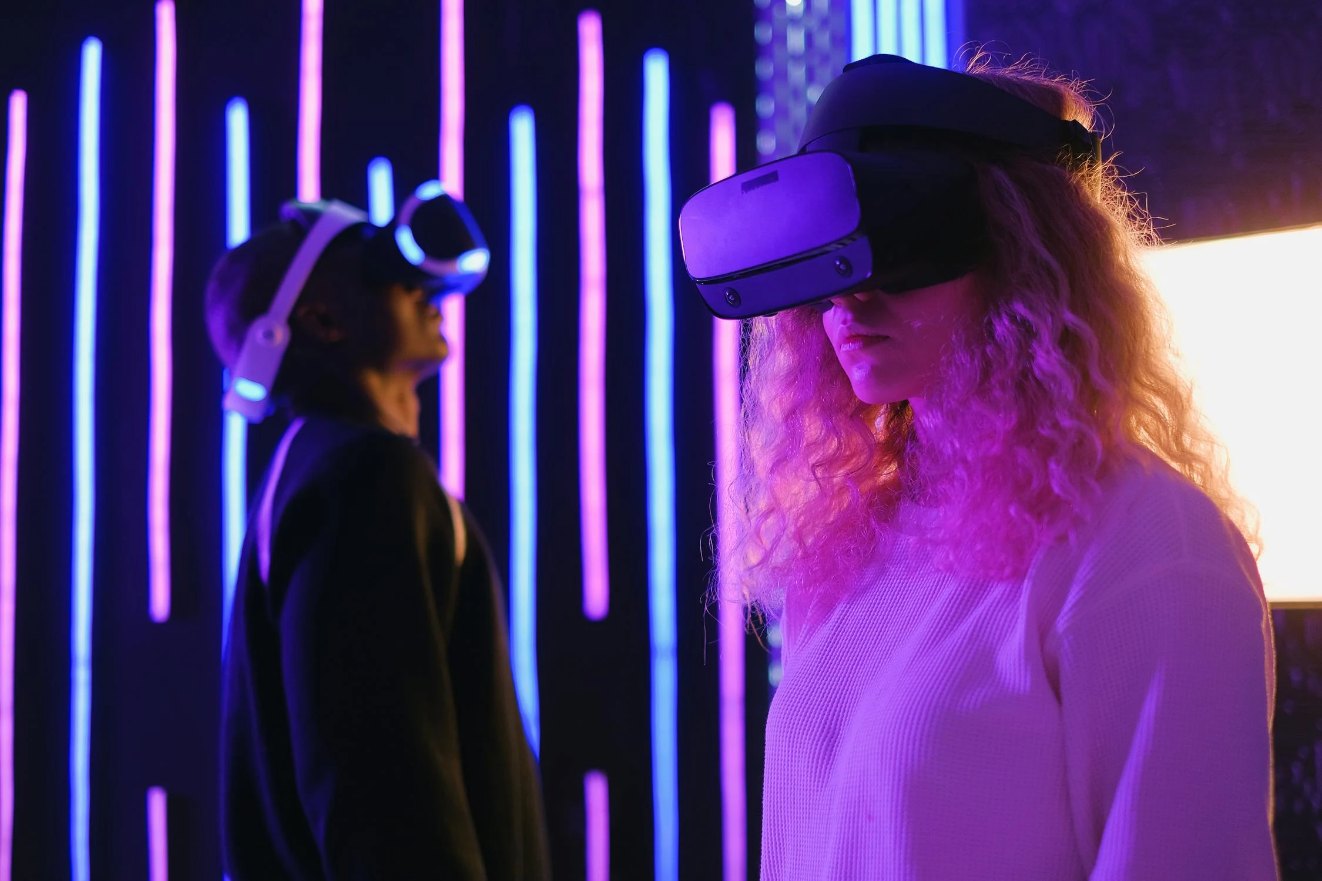How Biometric Technology Is Changing Security Systems

9 min read
18 Nov 2025
Introduction
Biometric technology is revolutionizing security systems by enabling authentication based on unique biological traits such as fingerprints, facial recognition, iris scans, voice patterns, and behavioral biometrics. Unlike traditional passwords and PINs, biometrics are extremely difficult to duplicate or steal, providing enhanced security and convenience for individuals and organizations alike. As technology advances, biometrics are increasingly integrated into smartphones, access control systems, banking, law enforcement, and healthcare, redefining how sensitive information and physical spaces are protected. By 2025, biometric security will become a standard in both public and private sectors, supporting safer, faster, and more reliable identification and authentication methods.
How Biometric Technology Works
Biometric systems capture, analyze, and compare physical or behavioral characteristics of individuals. When a person enrolls in a system, their biometric data is converted into a digital template and stored securely. During authentication, the system scans the biometric input and compares it with the stored template to grant or deny access. Advanced algorithms, AI, and machine learning enhance accuracy, reduce false positives, and continuously improve security protocols. Behavioral biometrics can even track patterns over time, providing continuous authentication without requiring repeated manual verification.
Key Applications of Biometric Security
- Smartphones and personal devices: unlocking phones, authorizing payments, and securing apps
- Banking and financial services: authentication for online banking, ATMs, and secure transactions
- Access control in workplaces, data centers, and sensitive facilities
- Airports and border security: passport verification and identity checks
- Healthcare: securing patient records and controlling access to medical equipment
- Behavioral biometrics: monitoring typing patterns, mouse movements, and usage patterns for continuous authentication
- Smart cities: integration into IoT systems for secure public services and city infrastructure
- Retail: enhancing customer authentication for e-commerce and loyalty programs
Advantages of Biometric Security
Biometric technology provides stronger security compared to traditional methods. It reduces the risks associated with password theft, phishing, and identity fraud. Additionally, biometrics offer convenience, speed, and contactless authentication, which is especially relevant in post-pandemic environments. Continuous improvements in AI-driven recognition systems further enhance reliability and user experience.
Benefits
- Enhanced security through unique biometric traits
- Reduced fraud and identity theft
- Convenience and ease of use for users
- Faster authentication processes
- Contactless access, improving hygiene
- Continuous authentication through behavioral biometrics
- Integration with smart devices and IoT systems for seamless experiences

Challenges and Limitations
Despite its advantages, biometric security faces challenges such as data privacy concerns, potential spoofing attacks, high implementation costs, and the need for secure storage of biometric templates. Regulatory compliance, ethical considerations, and social acceptance are additional factors to address for widespread adoption. System accuracy, environmental conditions, and sensor quality can also affect performance, which requires ongoing improvements and monitoring.
Future Outlook
By 2025, biometric technology is expected to become more sophisticated, accurate, and seamlessly integrated into daily life. Multimodal biometrics combining multiple traits, AI-driven anomaly detection, and cloud-based authentication will improve both security and convenience. Biometric systems will play a key role in smart cities, autonomous vehicles, IoT devices, digital identity verification, and personalized access control, shaping the future of secure access and personal privacy.
FAQs
What is biometric technology?
Biometric technology identifies individuals using unique physical or behavioral traits such as fingerprints, facial recognition, iris scans, or voice patterns. It offers a secure and convenient alternative to traditional authentication methods like passwords and PINs. By relying on inherent human characteristics, biometrics enhances security, reduces fraud risks, and provides faster access across digital devices, workplaces, banking, and public services.
How is biometric technology used in smartphones?
Smartphones widely use biometric authentication for convenience and security. Features like fingerprint scanners, facial recognition, and iris scans allow users to unlock devices, authorize digital payments, and secure sensitive apps quickly. This eliminates the need for complex passwords while providing stronger protection. With growing adoption, biometrics has become an integral part of modern smartphone security systems worldwide, enhancing daily user experience.
Can biometric security prevent fraud?
Yes, biometric security significantly reduces fraud by using identifiers that are difficult to replicate, such as fingerprints or facial features. Unlike passwords, which can be stolen or guessed, biometrics are unique to each individual, making identity theft and unauthorized access far harder. This robust form of authentication strengthens protection against hacking, account breaches, and fraudulent transactions in digital and financial environments.
What are the challenges of implementing biometric systems?
Biometric systems face challenges including high implementation costs, user privacy concerns, and secure storage of biometric data. Spoofing attempts, environmental conditions affecting accuracy, and regulatory compliance also pose hurdles. Moreover, public acceptance remains essential, as individuals may worry about misuse of sensitive biometric information. Addressing these issues requires advanced encryption, strict data policies, and multimodal biometric approaches for improved reliability and trust.
Will biometric technology replace passwords entirely?
Biometrics offers enhanced security but is unlikely to replace passwords completely. Instead, they are expected to complement traditional methods through multimodal systems that combine biometrics with PINs or passwords. This layered approach maximizes protection while maintaining flexibility for users. Biometrics will gradually reduce reliance on passwords, making authentication faster, safer, and more efficient while still allowing backup methods for accessibility.
How is biometric technology used in banking?
Banks use biometric authentication to improve security and customer trust. Applications include fingerprint or facial recognition for online banking logins, ATM withdrawals, and identity verification during transactions. Contactless biometric payments also enhance convenience. By reducing fraud risks and eliminating reliance on passwords, biometric systems in banking provide both strong protection and user-friendly experiences, helping financial institutions adapt to modern security demands.
Can behavioral biometrics enhance security?
Yes, behavioral biometrics adds an extra layer of security by analyzing user habits like typing speed, keystroke dynamics, mouse movement, or smartphone usage patterns. This provides continuous authentication, detecting unusual behavior in real-time to identify potential fraud or account breaches. Since it works passively in the background, behavioral biometrics strengthens digital security without disrupting user experience, making systems more adaptive and reliable.
What is the future of biometric security?
The future of biometric security lies in AI-driven multimodal authentication systems, combining multiple biometric identifiers for improved accuracy. Integration into IoT devices, smart cities, and autonomous systems will expand use cases. Cloud-based authentication and privacy-preserving technologies will enhance data security. As adoption grows, biometrics will shape everyday interactions, making authentication seamless, faster, and more secure while addressing privacy challenges effectively.
Are biometric systems vulnerable to hacking?
While biometric systems are generally secure, they are not entirely immune to risks. Threats like spoofing with masks or synthetic fingerprints, as well as data breaches, remain concerns. However, encryption, regular updates, and multimodal systems greatly reduce vulnerabilities. Unlike passwords, biometric traits cannot be easily stolen or guessed, making them much harder targets for hackers when supported by strong security measures.
How will biometrics impact everyday life?
Biometrics will transform daily life by simplifying authentication across smartphones, banking, workplaces, and public services. From faster logins and secure transactions to contactless access control, it provides both security and convenience. Biometrics will replace repetitive password entry, reduce fraud, and enhance privacy protection. As adoption spreads globally, individuals will enjoy safer, more efficient interactions in both digital and physical environments.

The AR Breakthrough That Will Make Blockchain Transactions Simpler Than Ever!
7 min read | 15 Nov 2025
How AI Is Making Blockchain Smarter and Safer – The Inside Scoop!
5 min read | 14 Nov 2025
The Big Tech Twist: How VR Is Set to Disrupt Blockchain Like Never Before!
5 min read | 13 Nov 2025
Unlocking the Power of AR: How Augmented Reality Is Set to Revolutionize Blockchain!
5 min read | 12 Nov 2025More Articles

Smart Homes: Transforming Living Spaces with IoT Devices
4 min read | 10 Nov 2025

Biotech Advancements: The Intersection of Technology and Biology
6 min read | 09 Nov 2025

The Future of Cloud Computing: Scalability and Security
4 min read | 17 Nov 2025

Green Tech Innovations: Sustainable Solutions for the Tech Industry
4 min read | 16 Nov 2025
More Articles

The Role of Neural Networks in Enhancing Mobile Game Graphics and Physics
2 min read | 26 Sep 2025

Quantum Computing vs. Classical Computing: What Gamers Need to Know
2 min read | 25 Sep 2025

Exploring the Smallest Computers: The Future of Miniaturized Gaming Devices
4 min read | 24 Sep 2025

Robots and Gaming: The Intersection of Robotics and Interactive Entertainment
3 min read | 23 Sep 2025
